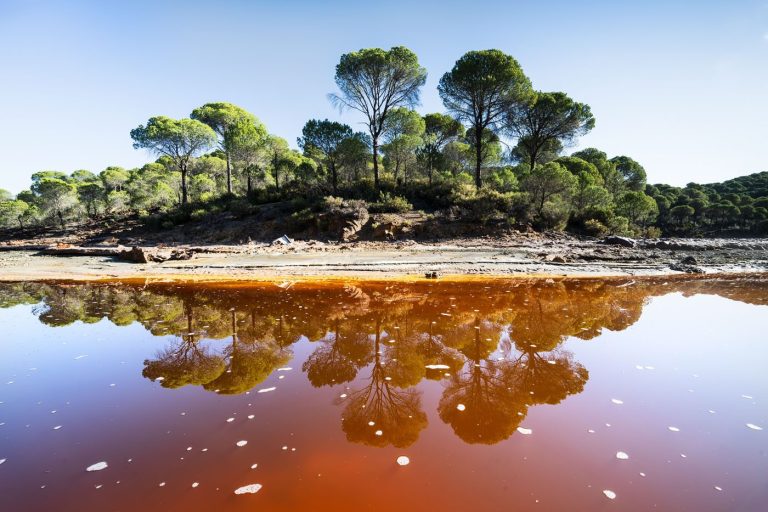Personal Photo Project
Rio Tinto - The Kingdom of Colours
I have been fascinated by this very unique and magical place in Andalusia from the very first moment I set eyes on a photo. And after my first visit I realized that - like so many other artists and photographers before - I have caught the Virus called "Tintomanía", a notion shaped by the grand Spanish master of nature photography Antonio Camoyán. Every time I come home from Spain and look through my pictures there is this overwhelming wish to return and continue working on my photographic approach to this kingdom of colours...
In May 2023 I met Juan Tapia, an excellent and very creative Spanish nature photographer and author for the first time on occasion of his workshop "Rio Tinto" and was deeply impressed by his photographic approach to this exceptional location which he demonstrates in his personal photo project "Rio Tinto". Inspired by his work I decided to further elaborate my project and I'm very happy that Juan agreed to be my mentor. I can't wait to return to Spain and continue my project.
As Juan suggested I tried to sort my pictures into (so far) 9 different categories and galleries respectively:
Natural
"Natural landscape" means riverscapes (by drone and by camera) of the three acid rivers, Rio Tinto, Rio Odiel and Tintillo in areas that are not being used for industrial purposes or directly poisoned by industrial toxic effluents. Of course, the whole region is influenced by the deposits of iron, copper and sulphur and by the mining activities and thus only partly "natural".
Industrial
Centuries of opencast mining have left traces in Minas de Rio Tinto. The British, in particular, who were awarded the rights to exploit the mine from 1873-1954, modified the territory completely by applying the new methods of the Industrial Revolution. Ruins of buildings and rusty trains can still be seen today. Photos by drone and by camera.
Toxic
The toxic waste of the mine is collected in special ponds partly "natural", partly artificial. This series shows how the natural surroundings of the ponds are being infiltrated and intoxicated.
Cracked
A collection of pictures of dried mud taken by camera and by drone. Depending on the chemical compounds the mud assumes different hues and structures
Deceptive
This type of picture is called "trampantojo" in Spanish which means "deception" or "delusion". A trampantojo plays with the imagination of the beholder offering a surrealistic landscape to dive into...
Ephemeral
Residuents from a copper mine in the province of Huelva form ephemeral paintings in the pond of toxic waste. Colours and patterns change with the compound of the waste, precipitation and the wind. Heavy rainfall destroys these paintings forever and it needs the sun, new effluents and a period of dry weather to let grow new "paintings".
Foaming
The spray on the river forms imaginary characters and with a longer exposure floating patterns.
Zoomed-in
Details of the Rio Tinto -mud, seaweed, reflections, moss and geologic structures
Datenschutzerklärung | Impressum | © Annette Webersinke
Wir benötigen Ihre Zustimmung zum Laden der Übersetzungen
Wir nutzen einen Drittanbieter-Service, um den Inhalt der Website zu übersetzen, der möglicherweise Daten über Ihre Aktivitäten sammelt. Bitte überprüfen Sie die Details in der Datenschutzerklärung und akzeptieren Sie den Dienst, um die Übersetzungen zu sehen.










